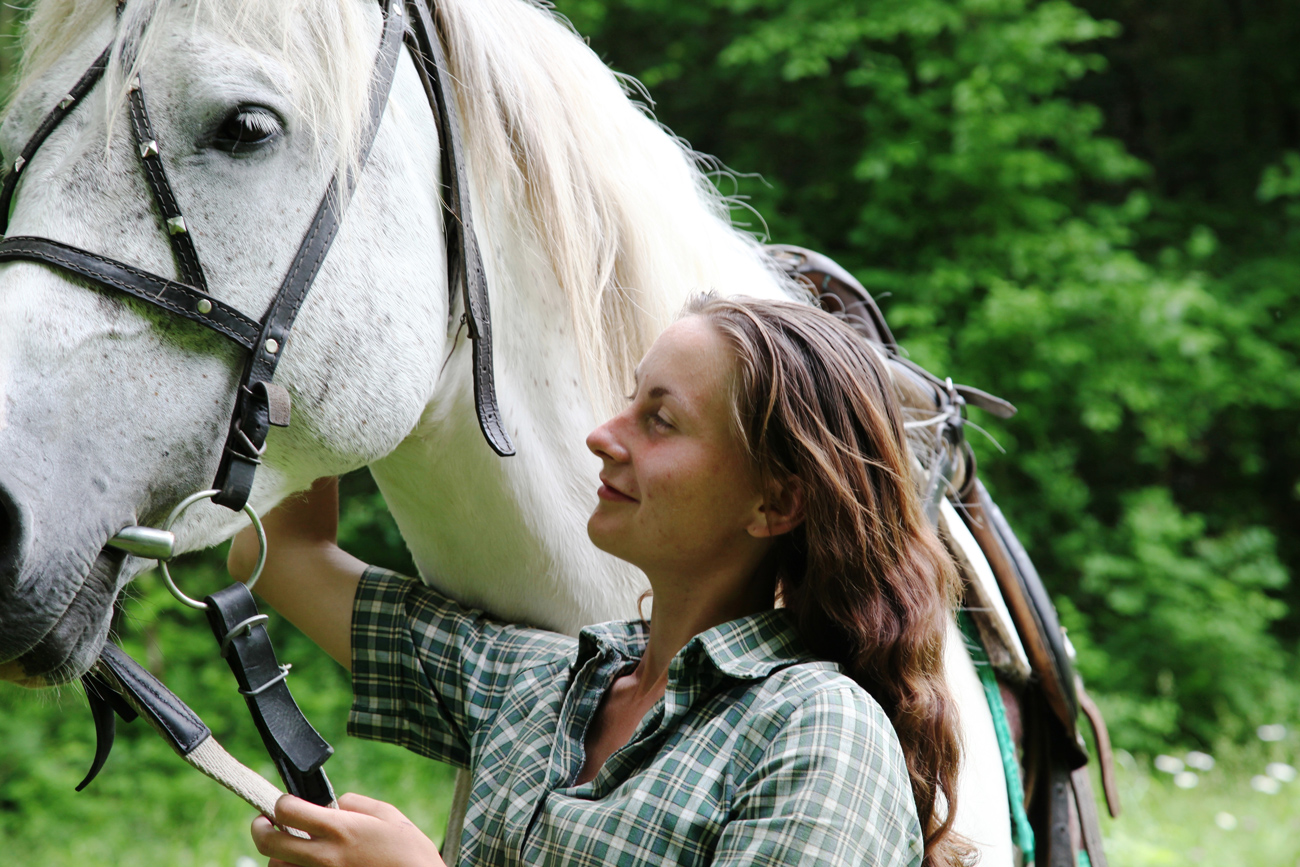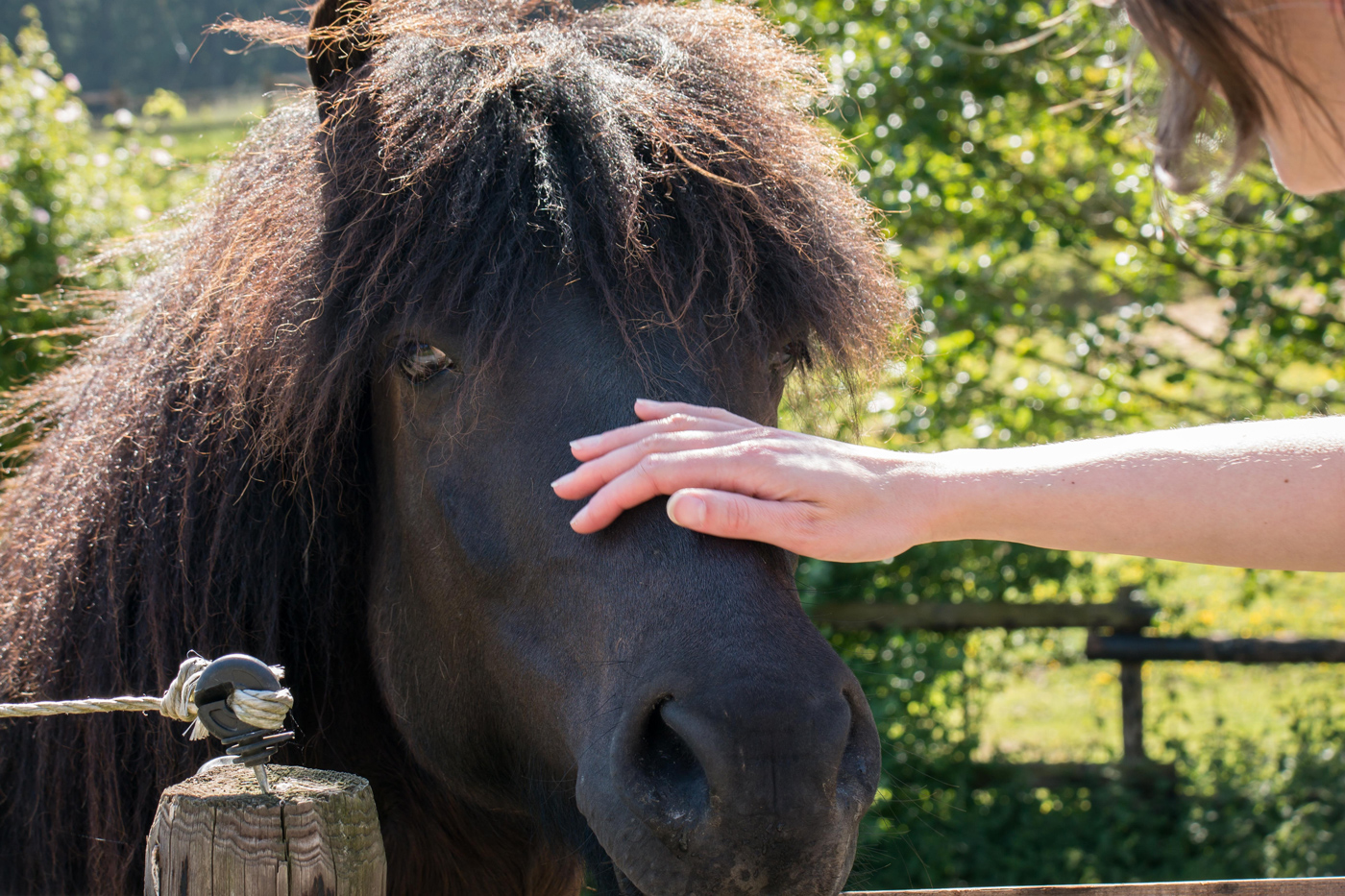There are so many enjoyable activities for you and your horse to do together that sometimes you’ll be spoilt for choice. Massaging your equine friend might not be at the top of the list if you haven’t been riding or competing as regularly as usual. However, your horse will definitely appreciate it.
In amongst the day-to-day practicalities of arranging horse insurance, feeding, mucking out and grooming, a dose of equine massage could be a welcome relief.
It’s a great way for you both to connect and have quality time with each other. So, here’s a rundown of some of the essentials of equine massage and what you can do if you want to try it out.
What is equine massage?
Just as their human owners need a massage or stretching exercises to prepare for and recover from training and competition, so do horses. Strains, muscle tears, adhesions and fatigue are as much a part of a horse’s life as they are for you.
Equine massage is the therapeutic hands-on techniques used on the soft tissues and muscles of your horse to improve circulation, muscle tone and range of motion. It can also relieve tension and relax muscle spasms.
You can do it yourself or it can be undertaken by a recommended equine therapist. It’s important that you get a recommendation from your vet as this therapy area is still largely unregulated.
Indeed, the International Association of Animal Therapists states that an equine therapist must first seek veterinary permission before treating your horse, even if it’s just for a routine check-up.

When should you massage your horse?
As long as your horse is healthy, you can massage them at any time. Remember massage won’t only help your horse’s physical health but will also provide a boost to their mental wellbeing, too, and help build the bond between you.
If you want to get started, then the best thing to do is to work some massage techniques into your everyday horse care routine. Perhaps whenever you bring your horse in for the night you could treat them to a quick 10 minutes.
How frequently you massage your horse will depend on your horse’s level of activity.
A horse involved in light work might only need a good massage once or twice a week whereas a horse involved in heavier work might need a daily session.
A horse showing signs of pain or discomfort might be helped by a massage, but consult your vet to investigate further.
By acting sooner rather than later, and by having the right horse insurance in place, you’ll ensure small problems don’t become big ones further down the line.
Your vet might recommend that a course of massage from a professional will help with the following issues:
- Preference for one rein
- Stiffness to one side
- Resistance to cantering on one lead
- High head carriage and hollow back
- Bucking and rearing
- Head shaking
- Reluctance to being groomed
- Uneven stride length
- Holding the head to one side
- Lack of bend and flexion at the poll
- Carrying the tail to one side
- Being cold-backed
- Girthing issues
Always take further veterinary advice before massaging if your horse has one of the following health conditions:
- Heart condition
- Cancer
- Raised temperature
- Pregnancy
- Skin conditions
- Nervous conditions
- An open wound
- A torn muscle or broken bone
- Rheumatism or arthritis
- Infection
Always consult your vet and ask them to recommend an equine massage therapist before working on a horse that’s got health issues. Be sure to check your insurance policy to see what might be covered.
How can equine massage help your horse?
There are many ways an equine massage can help your horse.
- Increases flexibility
Tiredness, tightness and inflammation can all affect flexibility. By stretching muscles through massage you’ll improve flexibility.
- Improves suppleness
Combining massage with skeletal mobilisation can increase the range of movement in their joints.
- Relieves poll tension
Massaging and stretching the horse’s poll can lead to the relief of a great deal of tension for your horse.
- Muscle recovery
Massage can help muscles rebuild and repair after injury.
- Muscle conditioning
By relieving tight muscles a massage will help the recovery period from exercise.
- Stress relief and relaxation
Massage can help your horse relax and has been shown to relieve tension. Even the most ill-treated or timid horses have benefitted from massage.
- Better connection
Just as with grooming, massaging your horse will help develop an ever better emotional connection between you and your equine.

How to do it
Here is a suggested massage routine for you to get started with.
Before saddling up...
Use your fingertips and a small amount of pressure to create a vibrating motion.
Do this briskly and purposefully on any fleshy part of your horse (not over bone) to create stimulation and a soothing effect.
Begin gently and gradually increase pressure and rhythm if your horse is happy.
After riding…
Follow the lines of your horse’s coat and use a deep stroke technique called effleurage.
This is a gliding movement with the fingers, palm, whole hand or arm and in full contact with the body. You can use both hands individually or at the same time.
Make sure you use even pressure throughout and take care around bony areas such as the shoulder and point of the hip. Do this for around 20 minutes.
Horse insurance through Equesure
Equine massage is just one way of improving your horse’s physical and emotional wellbeing.
Having the appropriate horse insurance in place is also vital so you can give them the right treatment and medication through a successful claim.
Equesure’s team specialise in equine insurance and have over 60 years of combined equestrian knowledge to help create a bespoke plan tailored to your requirements, for you, your horse and your transport.
Insurance arranged through Equesure can provide you with a range of benefits including:
- Vet fees up to £7,500 per incident with some insurers
- Saddlery and tack cover
Call our dedicated team now on 01480 220089 to discuss your requirements.





